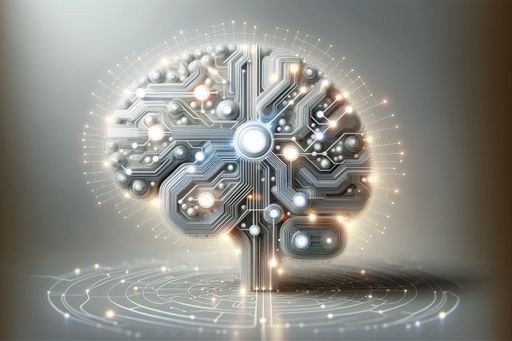New Study Challenges Uniqueness of Fingerprints
Researchers use AI model to analyze fingerprints and discover similarities

Discovering Fingerprints Are Not Unique
A recent study conducted by a team of researchers at Columbia University challenges the long-accepted belief that fingerprints are unique to each individual. Led by undergraduate senior Gabe Guo, the team used an AI model called a deep contrastive network to analyze fingerprints and determine whether prints from different fingers belonged to the same person.
The study, published in the journal Science Advances, faced initial rejection from journals within the forensics community, but the team persisted and eventually showcased the evidence to support their findings. The team's research sheds new light on the angles and curvatures of fingerprints, providing an explanation for the observed similarities.
'Uniqueness' Reexamined through AI
To conduct their study, the researchers utilized a deep contrastive network, a type of artificial intelligence model often used in facial recognition tasks. They trained the model using a US government database of 60,000 fingerprint pairs, some belonging to the same person but from different fingers, and others belonging to different individuals.
Surprisingly, the AI-based system was able to accurately determine whether fingerprints belonged to the same person or not, with a peak accuracy of 77% for a single pair. This finding challenges the widely accepted notion that each fingerprint is unique. The team attributes the similarities in prints to the angles and curvatures at the center of the fingerprint.
Implications for Criminal Investigations
The researchers believe that their discovery has the potential to improve criminal investigations. By using their AI model to analyze fingerprints found at crime scenes that do not match those on record, investigators may be able to generate new leads for cold cases. Furthermore, innocent individuals may be spared unnecessary investigation if their fingerprints do not match those found at a crime scene.
Despite some criticism from experts in the field, the research team stands by their findings and has made the AI code open-source for others to validate. They emphasize that the study goes beyond fingerprints, highlighting the power of AI to uncover hidden patterns and features that may have gone unnoticed by humans.



